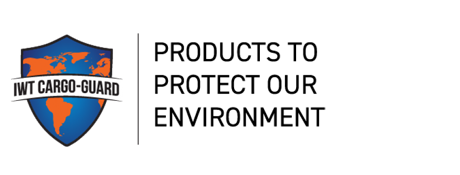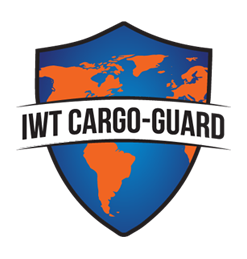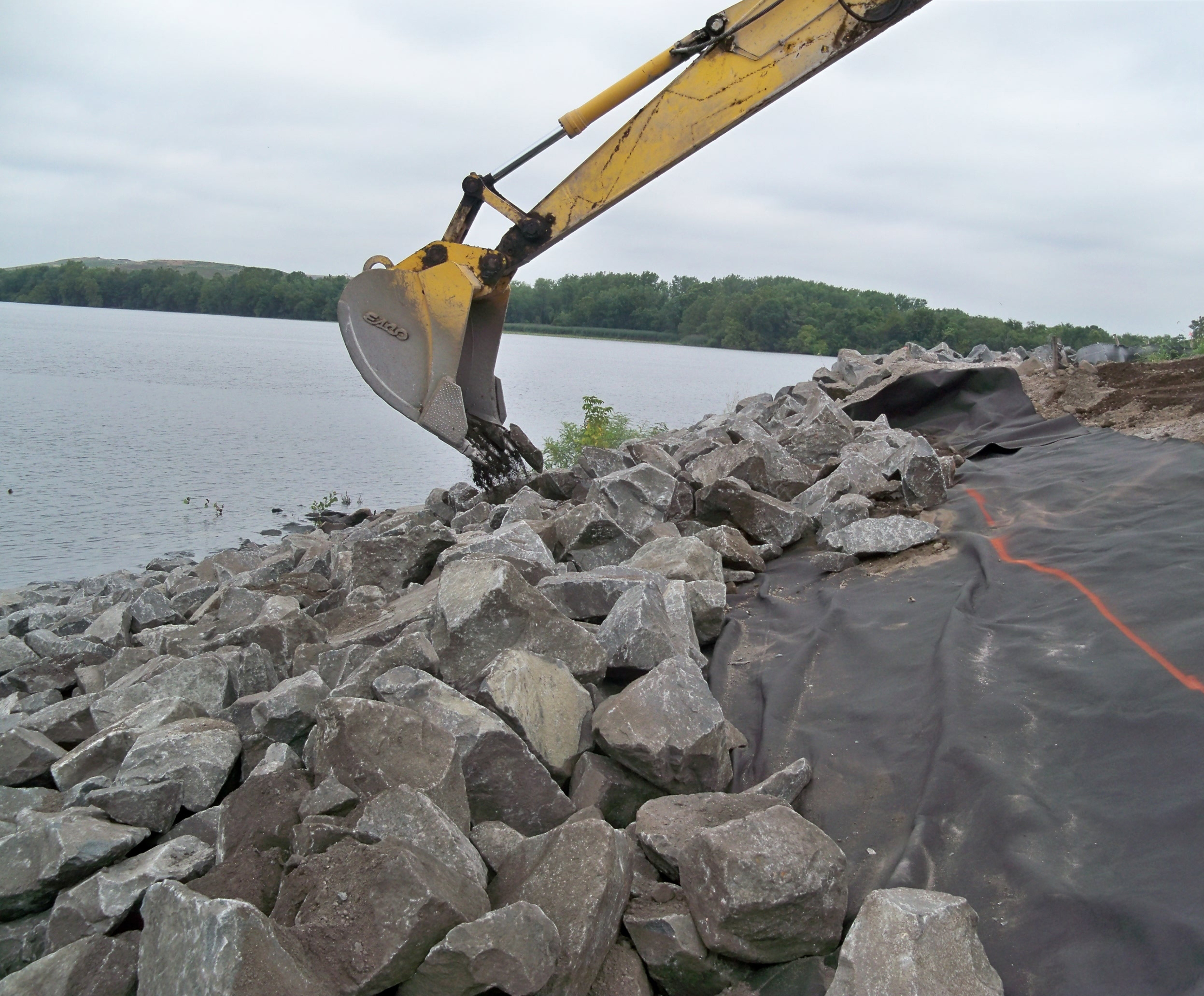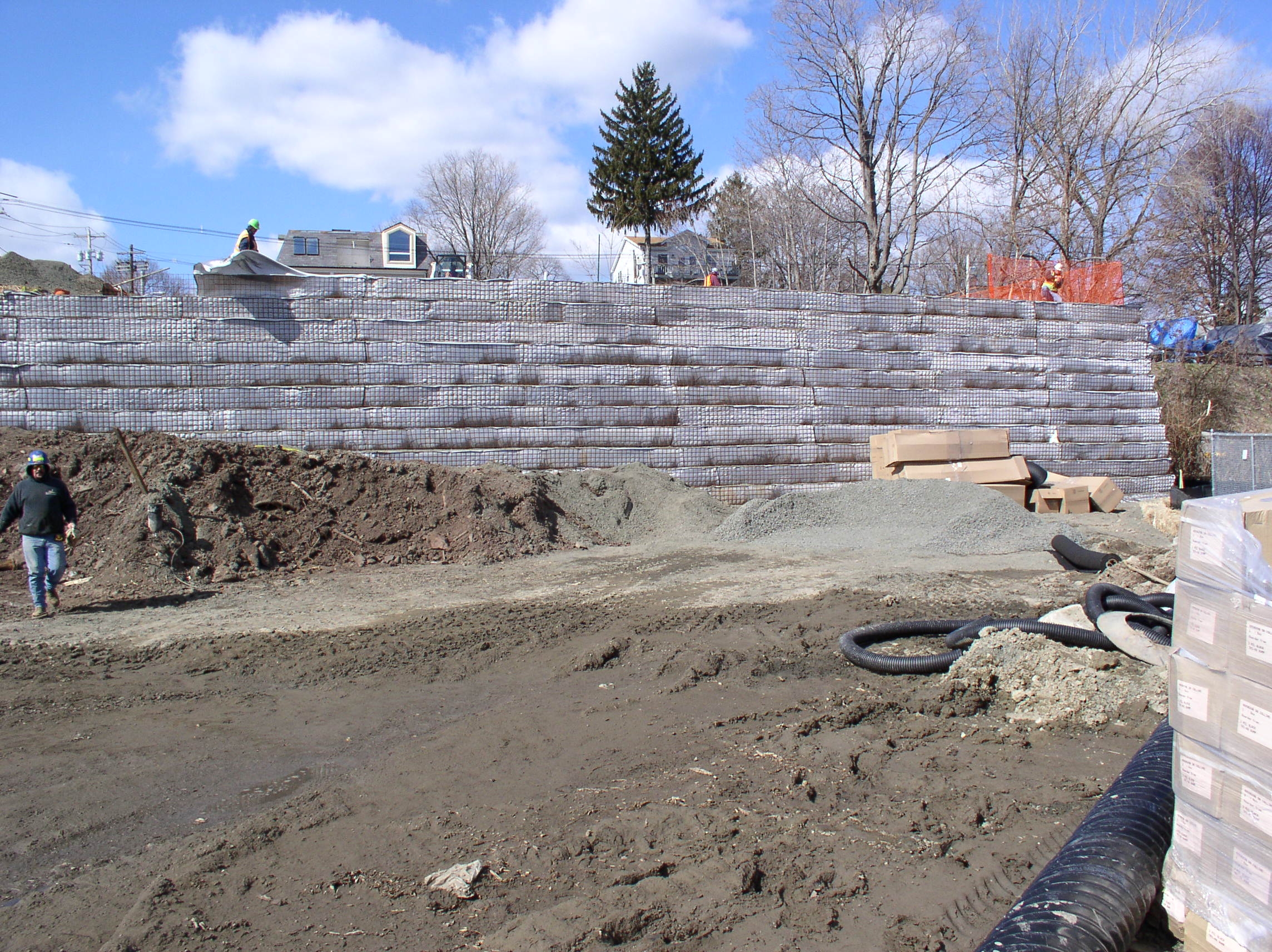Geogrid Applications: Exploring Each Type & Their Function
Perhaps one of the most useful tools for environmental and construction projects is geogrid. Geogrids are geosynthetics made from a polymeric material, created by weaving or knitting intersecting ribs with designated apertures (gaps for the ribs to fit into). Thanks to their increased ability to distribute loads across large areas and perform under pressure, geogrids are often used in construction or separation applications. However, there are many other geogrid applications to explore across varying industries.
Types of Geogrid
Before diving into geogrid applications, it’s important to understand that there are different types of geogrid, which each lend themselves to varying applications. For the most part, There are two ways that geogrids can be categorized: by pattern and manufacturing.
Geogrids by Pattern
Uniaxial Geogrid
Uniaxial geogrids are known as mono-oriented geogrids. They utilize a flat planar grid, which results in a much higher strength in one direction than in the other direction. They are perfect for both wall and slope applications including retaining walls, landfill liner systems, embankments over soft soiled, and extra steep earthwork slopes.
Biaxial Geogrid
Biaxial geogrids are known as bi-oriented geogrids. They also utilize a planar grid, which possesses similar strength in both ortho-directions (longitudinal and transversal). They are commonly used in applications including foundations for roadbeds, railroad truck beds, permanent unpaved roads, airport runways, construction haul roads, working platforms on weak subgrades, and parking lots.
Triaxial Geogrid
Triaxial geogrids are manufactured from punched polypropylene sheets oriented in multiple equilateral directions to form triangular apertures. They deliver optimal in-service stress transfer from aggregate to geogrid and are typically used in asphalt pavement, soft soil reinforcement, roadbed, subgrade, and retaining wall applications.
Geogrids by Manufacturing
Extruded Geogrid
Extruded geogrid are flat polymer structures that are extruded and then pulled in either one direction or two main directions. They are often used for ground stabilization and soil reinforcement applications.
Woven Geogrid
Woven geogrid is manufactured by grouping polymeric or polypropylene and weaving them into a mesh pattern. They are usually used for stabilization and retaining wall reinforcement applications.
Bonded Geogrid
Bonded geogrid is produced by bonding two or more sets of strands or other elements, typically at right angles. They are typically used for sub grade and environmental applications.
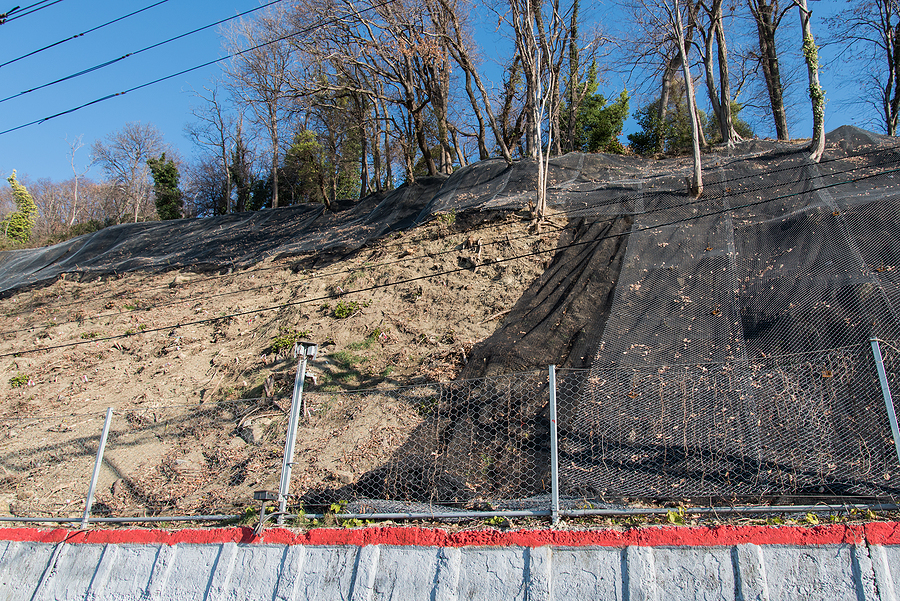
Geogrid Applications
Geogrid is used in a variety of civil engineering, construction, and environmental applications. From building pavement to improving rail trackbeds, let’s review a few major geogrid applications.
Retaining Walls
Geogrids are utilized in retaining wall construction to increase soil backfill stability. By reinforcing the soil, geogrids increase a retaining wall’s structural integrity and help distribute loads more evenly. This solves common problems often caused by soft backfill or sloping ground. By acting as a single mass, the geogrids will make the entire retaining wall unit behave as one.
Pavement Construction
Geogrids can be used during pavement construction in order to improve the subgrade and reinforce the pavement base. If the subgrade is too soft, geogrid can help solidify and strengthen it. This is extremely important when bearing loads. When used for base reinforcement, geogrid provides adequate stiffening that helps in reducing thickness and construction time. It can also help in increasing the life of the pavement.
Slope Stabilization
Perhaps one of the most significant geogrid applications is soil stabilization. Geogrid influences slope deformation and stability while providing a natural and economical alternative to conventional concrete retaining walls. Slopes stabilized with geogrids can be built at almost any angle to provide the most economical use of space. This makes constructing embankments, bridge approach fills, dikes, and causeways over soft or sloped surfaces less time-consuming and more cost-effective.
Rail Trackbed Improvement
Geogrids can not only increase rail trackbed stiffness, but they can also reduce variability, minimize track settlement, and help with ballast degradation. They allow railtrack construction to be completed faster, safer, and more economically. Thanks to the interlocking nature of geogrids, they seamlessly confine with the aggregate and limit any movement of particles under rail traffic load. This effectively reduces deformations and maintains a stabilized, stiff, and strong layer.
Working Platforms
When it comes to using heavy machinery such as cranes, rigs, and large vehicles over weak, unstable soil, safety is critical. Geogrids can be used to stabilize working platforms to ensure the safety of workers and equipment. By incorporating geogrid in the granular materials, you are able to increase bearing capacity, limiting surface deformation, and settlements. Geogrid can also reduce working platform thickness, the volume of required fill, costs, time, and emissions.
Foundation and Embankment Support
The final geogrid applications we will be covering are foundation systems and embankment stabilization. Geogrids allow for enhanced structure integrity, shorter construction schedules, and lower project costs. Excavation and replacement can be especially costly when faced with weak soils. Fortunately, geogrid helps to create stiffer platforms that can easier distribute loads over weak soils. They can also increase effective bearing capacity while decreasing differential settlement.
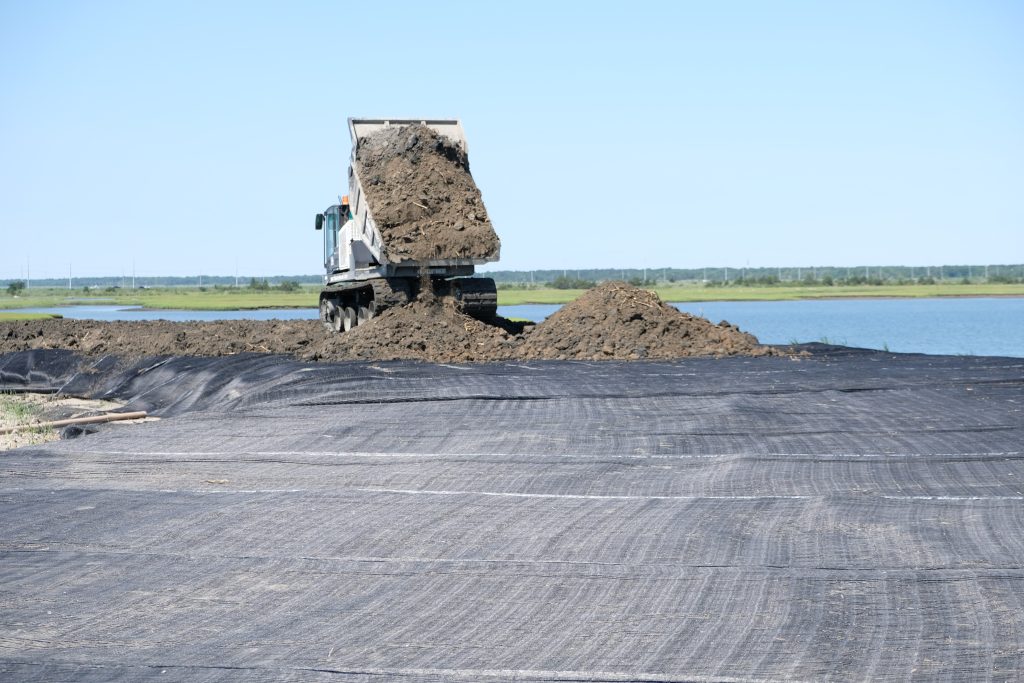
Get The Geogrid You Need From IWT Cargo-Guard
Whether you’re working on a retaining wall project or constructing roadways, utilizing geogrid is the way to go. Our team at IWT Cargo-Guard offers all types of geogrid in order to best suit your project. With over 27+ years of experience, 30,000+ projects supplied, and 1,500+ satisfied customers, we are the all-inclusive product supplier you’ve been looking for. Let’s work together to get the job done while preserving and protecting our environment. Reach out to us today to get started.
